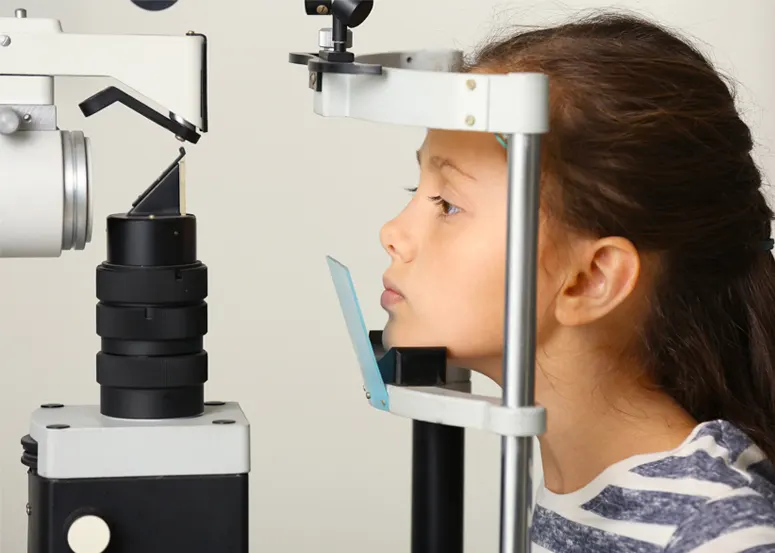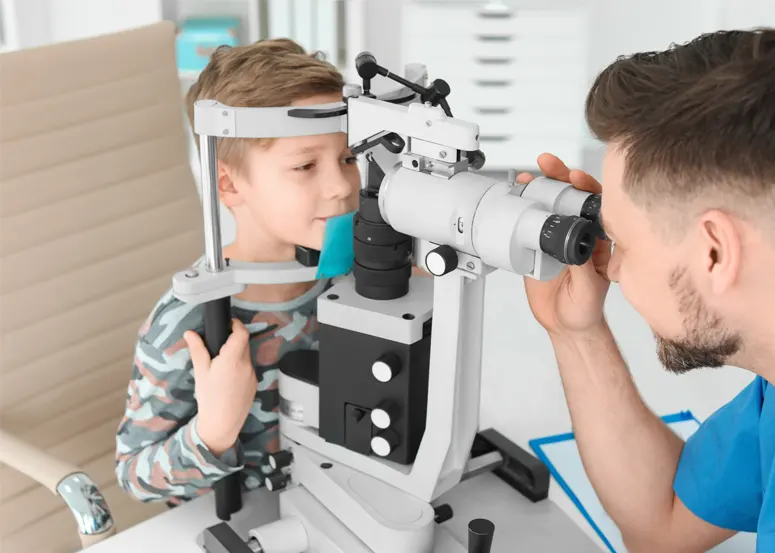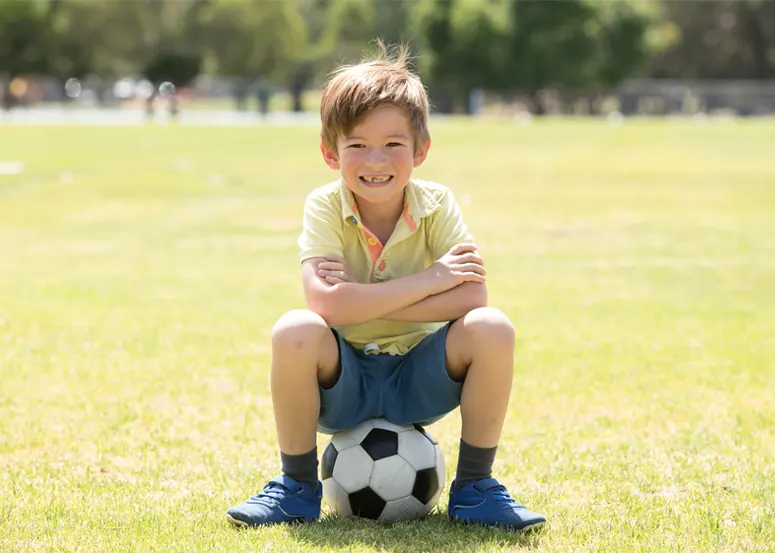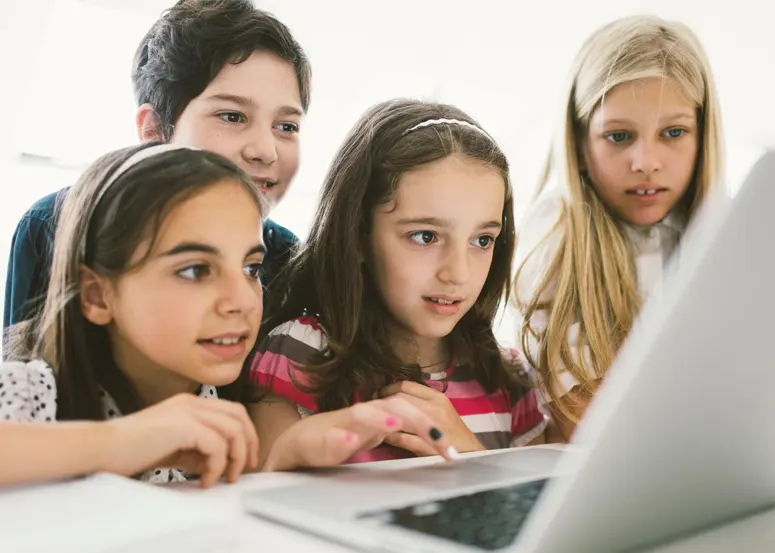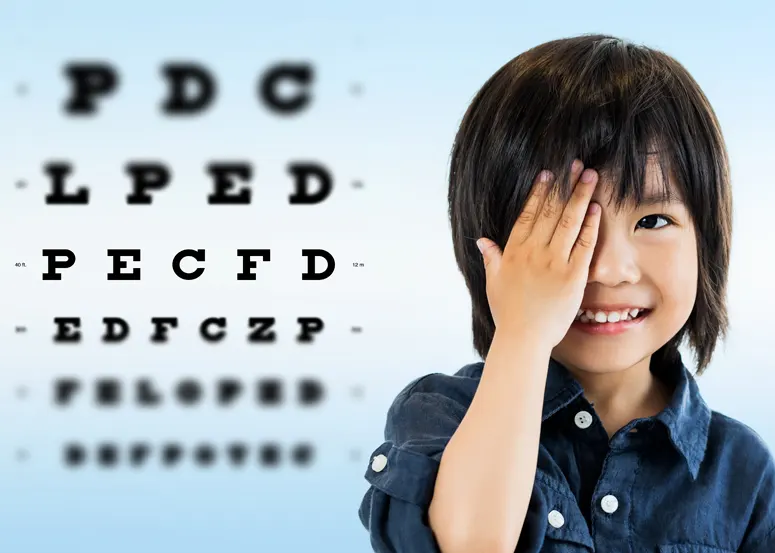What is myopia and why is it important to manage?
Myopia, also known as short-sightedness, is a common eye condition that causes blurred distance vision which usually starts during childhood and typically progresses until a child stops growing.
Although common, awareness of myopia is low among parents.
Research1 shows that 65% of Australian parents (with children 0-17 years old) do not know what myopia is, and only 12% of parents recognise the eye health risks that their children might develop later in life from child myopia. This is of significant concern given that high myopia is also associated with lifelong increased risks of eye conditions such as retinal detachment, glaucoma, cataracts and a form of macular degeneration 2,3.
Changes are often quite subtle in myopia early on and parents may not be aware if a child has reduced vision, so children should have an eye examination with an optometrist when they are pre-schoolers, before starting primary school, before starting high school and more regularly if symptoms appear.
It is estimated that by the year 2050, nearly 5 billion people worldwide will be affected by myopia, 50% of the projected global population2. For Australia and New Zealand, the forecasts are slightly higher at 55% and we already have an estimated 36% of the population affected3.
Manage or treat?
The potential for future vision loss is alarming, so initiatives that highlight the rise of child myopia and how it can be managed, not just treated, are an important step in reducing its prevalence and impact.
In Australia there is a shift away from not only correcting vision but for optometrists to have a discussion with parents that explains what myopia is, lifestyle factors that can impact myopia, the increased risks to long-term ocular health that myopia brings, and the available approaches that can be used to treat myopia and slow its progression.
There are two main factors which can mean your child is more at risk of developing myopia: lifestyle and family history. Modern lifestyles may influence the development of myopia. For example, low levels of outdoor activity4 and associated factors including low levels of light exposure5 and prolonged near tasks such as reading6 can have a role to play.
What parents can do to help slow myopia progression
The good news is that there are things we can do to help children’s vision. Myopia is a progressive condition, but progression can be slowed if detected early enough.
Here is a useful checklist of how you can delay or avoid onset and help slow the progression of your child’s myopia:
- “More green time less screen time.” Encourage your child to spend more time outdoors. Evidence shows that children who spent at least 90 minutes outside in the natural light, are at a lower risk of developing myopia7 8 .
- Reduce “screen time”. Spending less time on screens and having frequent breaks has been shown to also help slow change and reduce the risk of myopic progression9.
- Build in regular breaks from devices – every twenty minutes remind your child to have a break for at least twenty seconds and look out a window to something at least 6 metres away10
- Talk to your local optometrist about all of the options to stop your child from having to change glasses prescriptions as frequently.
- Ensure your child has good lighting when reading and doing close up work.
- Regular check-ups are even more important when you notice an increase in screen time and close-up work
The time for managing myopia is now
By taking action now we have the opportunity to influence the onset and progression of myopia with simple measures – encourage children to spend more time outdoors, have their eyes examined by an optometrist regularly, and reduce the time spent on close-up tasks.
Visit www.childmyopia.com for useful resources and information on myopia.
